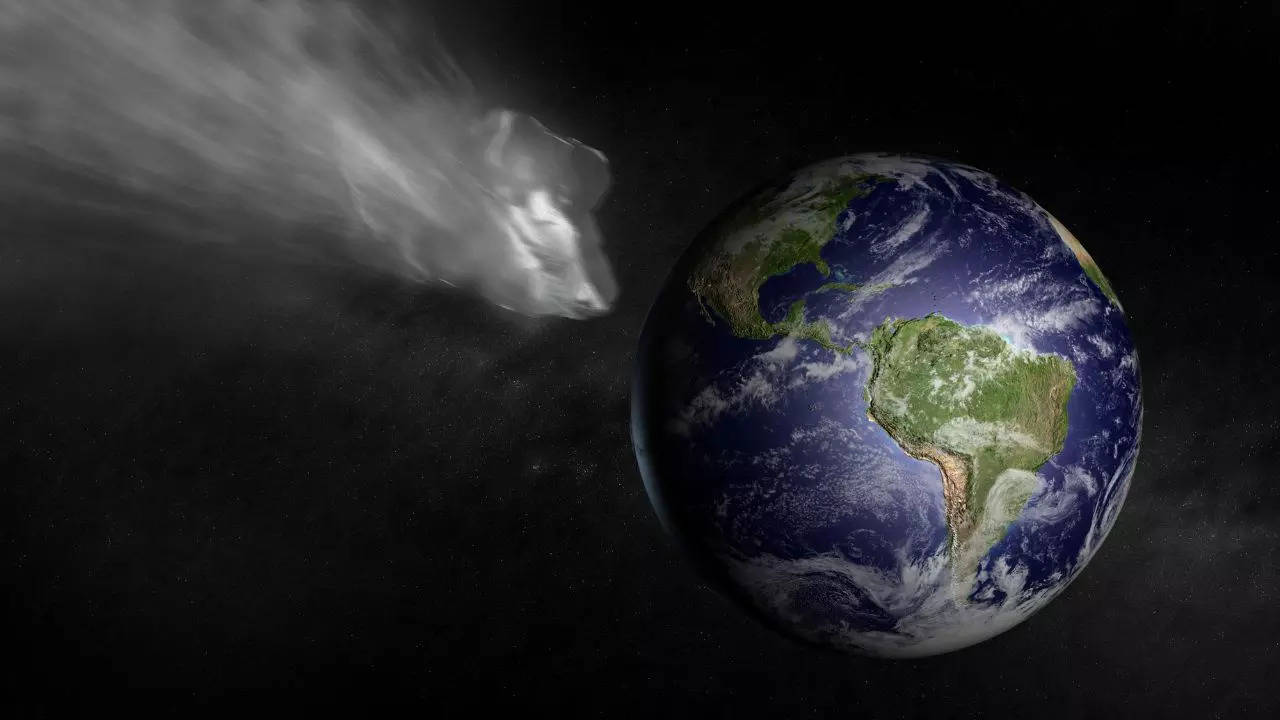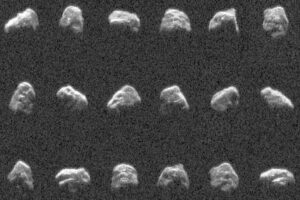The discovery and tracking of 2024 LB4 is part of NASA’s ongoing efforts to observe near-Earth objects (NEOs) that could potentially pose a threat to our world. While the term “airplane-sized” may conjure up images of catastrophic impact, it’s important to understand the context and scale of the space. The distance that 2024 LB4 will pass is considered safe by astronomical standards, being nearly eight times the distance between the Earth and the Moon.
Representative image
NASA’s Jet Propulsion Laboratory (JPL) maintains a watchful eye on such celestial bodies through its Center for Near-Earth Object Studies (CNEOS). Using a network of telescopes and radar systems, CNEOS calculates the orbits, sizes and potential hazards of asteroids like 2024 LB4. This particular asteroid is one of many that regularly pass by Earth, reminding us of the dynamic and ever-changing environment of our solar system.
For the uninitiated, NASA’s Jet Propulsion Laboratory (JPL) is a renowned research and development center specializing in the construction and operation of robotic planetary spacecraft. JPL is dedicated to the exploration of the solar system and beyond, focusing on robotic missions to study planets, moons, comets and asteroids. In addition, the laboratory develops technology and missions to monitor Earth’s atmosphere, climate, and surface changes.
Asteroid tracking is a complex process that involves observing the object over time to refine its orbit and predict future paths. For 2024 LB4, the observations provided enough data to assure scientists that its journey will not end in a collision with Earth. However, the study of such objects offers valuable insights into the composition and behavior of asteroids that may inform future missions or planetary defense strategies.
NASA’s Planetary Defense Coordination Office (PDCO) is tasked with identifying and mitigating potential threats from NEOs. In collaboration with other US agencies and international partners, PDCO develops and coordinates efforts to protect the Earth from impacts. One such effort was the Double Asteroid Redirection Test (DART) mission, which successfully changed the orbit of a small moon in the Didymos binary asteroid system, demonstrating a viable method of asteroid deflection.
The upcoming visit of asteroid 2024 LB4 is not an isolated event. It is part of a larger group of asteroids that will make their closest approach to Earth in June 2024. They include asteroid 2024 LZ2, which will approach within 823,000 miles of Earth on June 14, and asteroid 2024 LH3, on -a 150-foot large body that will maintain a safe distance of 3,090,000 miles on June 16.
The study and observation of asteroids is essential to expanding our knowledge of space and protecting the Earth. Although 2024 LB4 is not a threat, it is a testament to the ability of NASA and its partners to closely observe the universe. The wisdom gained from these close interactions expands our understanding and prepares us to deal with any problems that may come from our celestial neighbors in the future.
Did you like this article? Please let us know in the comments below!



